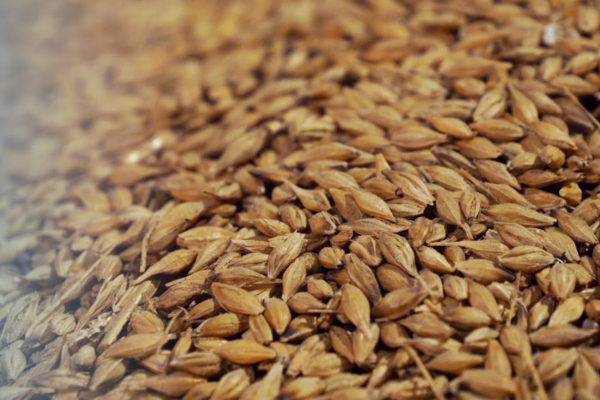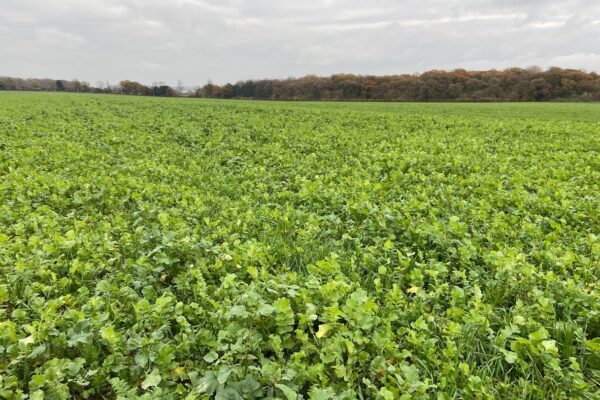Agribusiness News November 2024: Input Costs – Homegrown Proteins
1 November 2024Over the past few years there has been an increase in the area of protein crops grown to meet the need of livestock. The increase can be put down to a number of factors:
- Pressure to reduce the use of imported soya and associated carbon footprint;
- Making the ration more sustainable and reducing the amount of bought in feed;
- Adding another crop to lengthen the rotation for disease and soil health benefits.
What are the options?
In Scotland there are four main options available if you would like to grow your own protein. These are:
- Winter beans: Varieties such as Vespa, Honey and Tundra have been grown successfully. Sown in October winter beans tend to be earlier in maturing and can be cut in September/October.
- Spring beans: Varieties such as Lynx and Fuego have been grown successfully. Spring beans need to be sown early in the spring and can be late to harvest depending on the season (October/November).
- Spring peas: Varieties such as Kactus, Orchestra and Daytona have shown good ability to stand over the past few years. Yields have been typically 4.0t/ha. Sown in end of April/May crops have typically been harvested at end of August/September.
- Lupins: Less common in Scotland but grown in some areas. Typical yield is around 2.5t/ha. Sown in April, harvest tends to be similar to spring beans (October/November)
All of these can be tricky to dry and store. If harvested wet then part drying and then allowing to sit to let the moisture equalise through the seed and then drying again can help. Otherwise, seeds can be treated with propcorn to allow storage at higher moistures.
What are the carbon and soil benefits?
All of these crops are nitrogen fixing and therefore require only a small amount of phosphate and potash for their growth. They also leave a higher residual nitrogen for the following crop and provide a break from within a traditional arable rotation. This has a reduction in the carbon footprint in the crop itself and the following crop.
There are also lower emissions associated with feeding these protein crops. Soya has a carbon footprint of 698 kgCO2e/t compared to winter and spring beans at 150 kgCO2e/t and peas at 144 kgCO2e/t. Lupins although no exact figure are likely to be similar to peas.
What are the nutritional values?

Although slightly lower in protein than alternatives the home-grown alternatives do have good protein levels and can be cheaper on a per tonne basis.
What do they cost to grow?

As a comparison soya is around £0.72 per kg of protein and rape seed meal is around £0.76 per kg of protein.
Cost per tonne is very dependent on yield which can be variable with these crops. However, growers who have started growing beans tend to stick with them as they try to increase self-sufficiency and the benefits of having a nitrogen fixing crop in the rotation. In some cases, arable farmers are linking up with local livestock farmers to supply their protein requirements.
Sign up to the FAS newsletter
Receive updates on news, events and publications from Scotland’s Farm Advisory Service
















